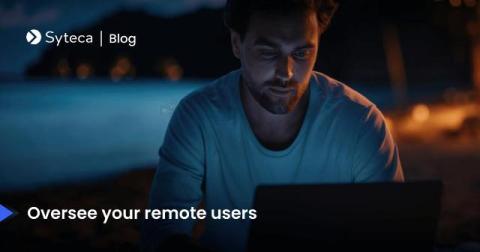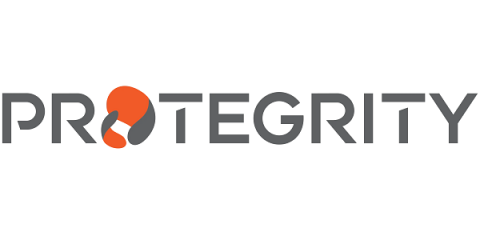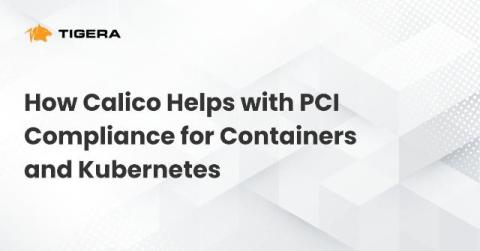Refund fraud: what it is, why it's increasing, and how to stop it
Discover the many ways refund fraud shows up — and learn how to stop it. Shana is a product marketing manager focused on the Persona platform and marketplaces. You can usually find her running around San Francisco with a coffee in hand. Shana is a product marketing manager focused on the Persona platform and marketplaces. You can usually find her running around San Francisco with a coffee in hand.











